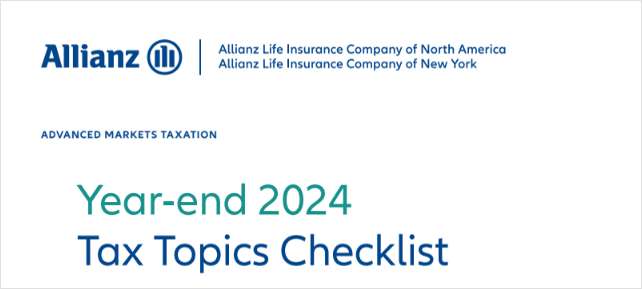New government survey figures support the idea that consumer gains from the big Patient Protection and Affordable Care Act (PPACA) health coverage expansion programs may be flattening out.
Analysts at the U.S. Centers for Disease Control and Prevention (CDC) have published the figures, which are based on results from the National Health Interview Survey (NHIS), in a report on consumers' problems with paying medical bills, a brief on consumers who said they had no ability to pay their medical bills, and a brief on consumers who said they were paying off at least some of their medical bills over time.
The most recent NHIS results come from June. The CDC conducted similar surveys a year earlier and in 2013 before the PPACA Medicaid expansion program, the PPACA public exchange plan program, and the PPACA limits on individual medical underwriting came to life.
The percentage of U.S. residents under age 65 in families that had any problems with medical bills in the previous 12 months fell to 44 percent in 2015, from 48 percent in 2014, and from 52 percent in 2013.
But the rate of improvement has been bigger for people with coverage from public health programs, such as Medicaid, than for those with coverage from traditional commercial health insurance, or from private insurance purchased through the PPACA exchange system.
Near-poor people under 65, or those with incomes from 100 percent of the federal poverty level, seem to have more problems with paying medical bills than poor people do.
The NHIS classifies people as having medical bill problems if they are unable to pay medical bills at all or if they are paying medical bills off over time.



